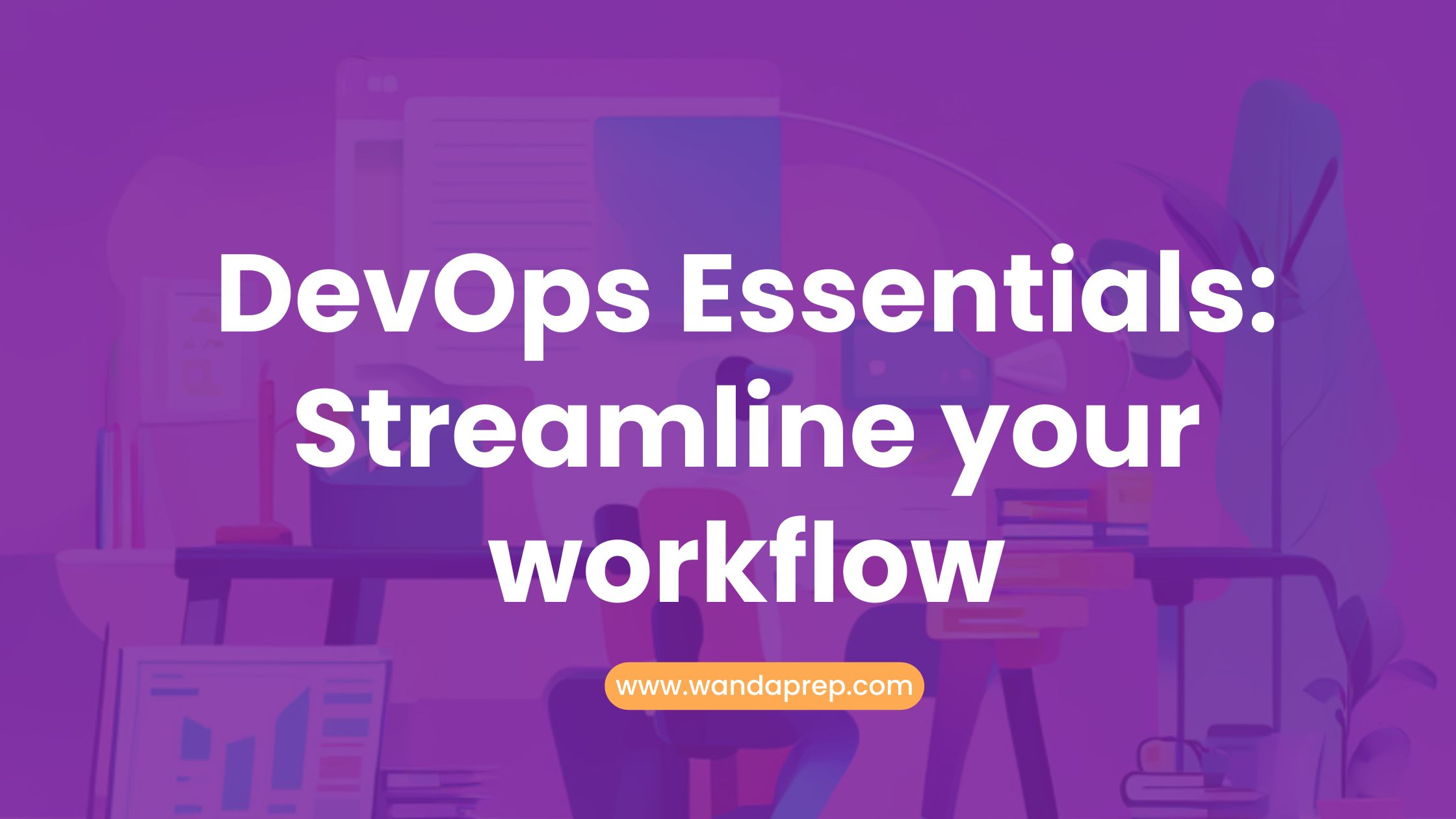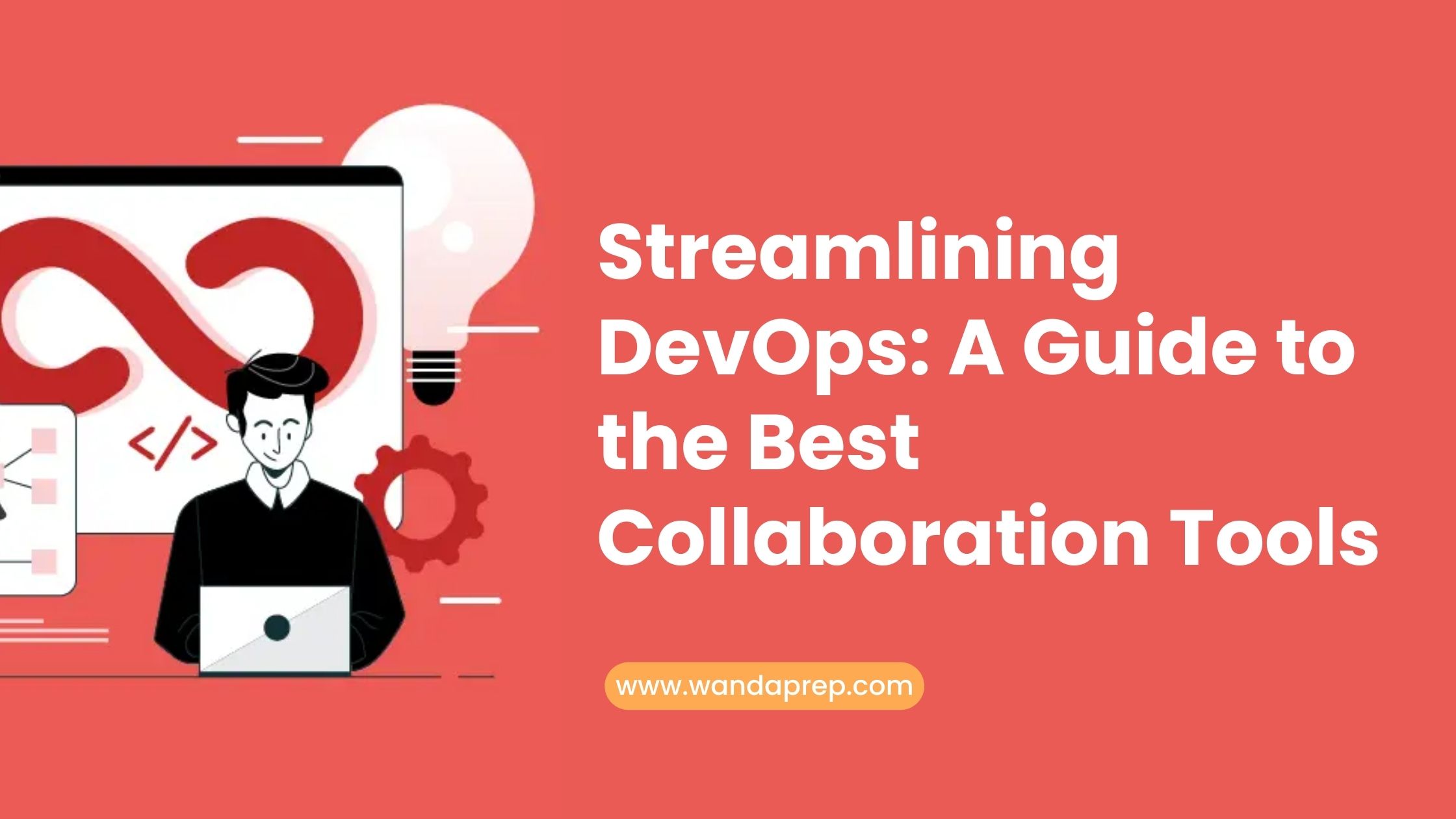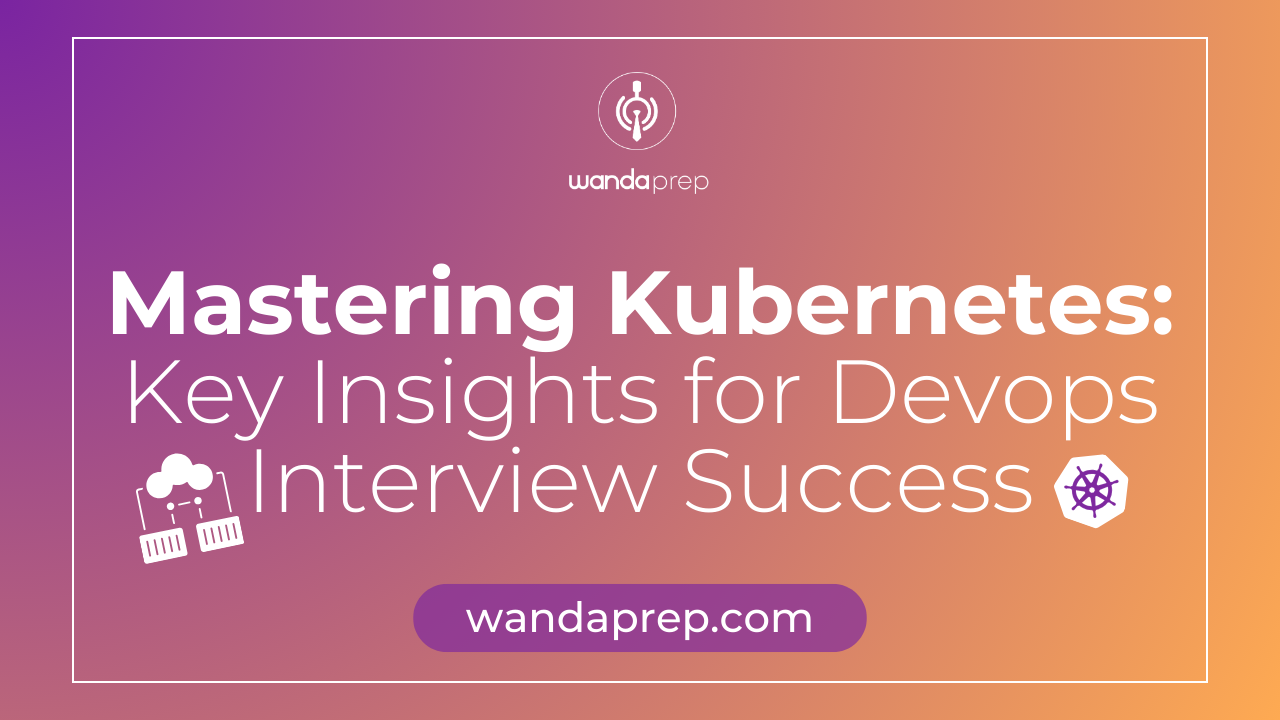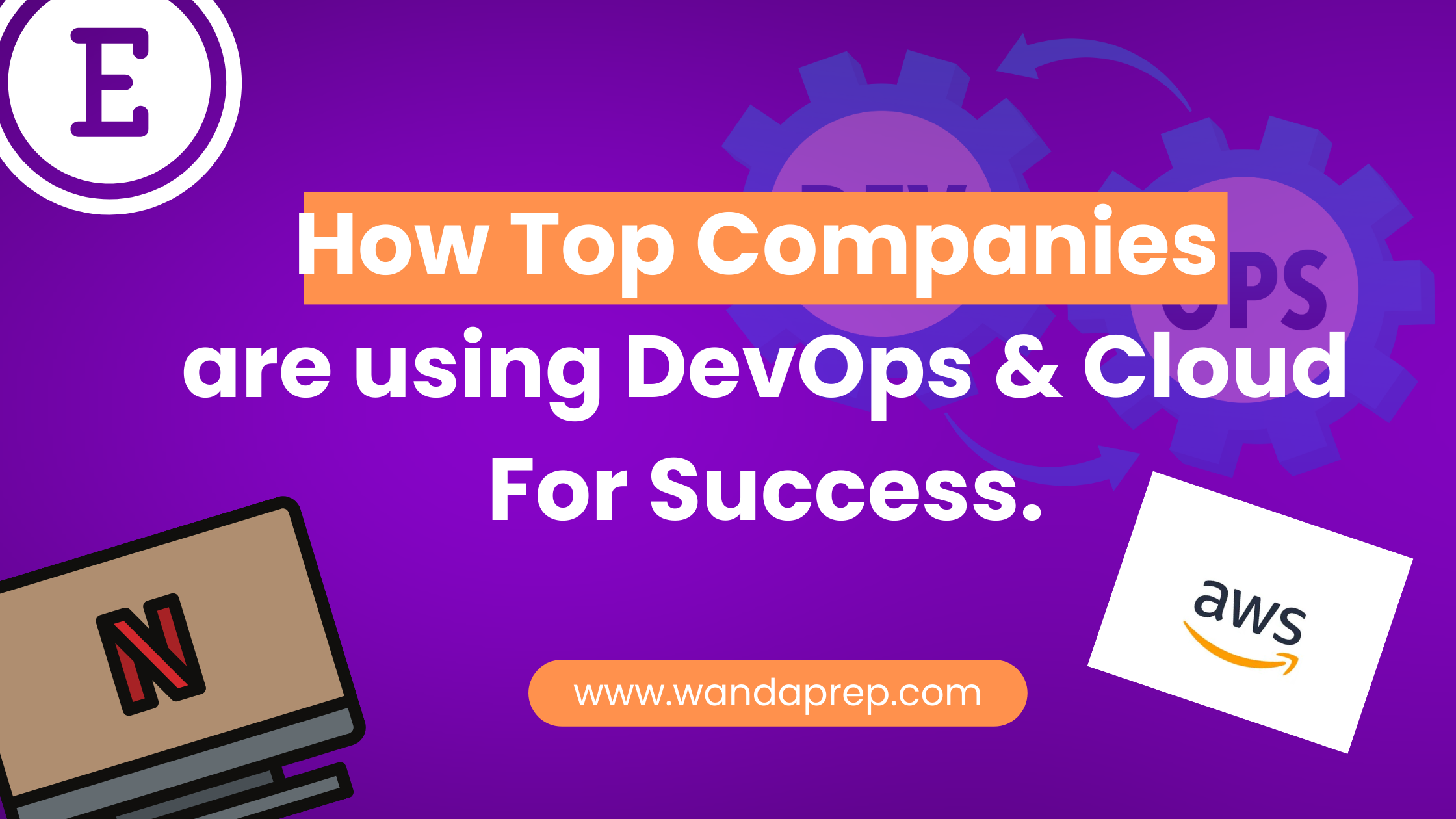Introduction
In the ever-evolving landscape of software development, DevOps emerges as a guiding light—a bridge connecting development and operations teams. But what exactly is DevOps, and why is it crucial for modern workflows?
DevOps, short for Development and Operations, represents a cultural shift and a set of practices that foster collaboration, automation, and continuous improvement. Gone are the days of siloed teams working in isolation; DevOps encourages a seamless flow of communication and shared responsibilities.
In this blog post, we’ll delve into the heart of DevOps, uncovering its principles, practices, and the tools that empower efficient workflows. Whether you’re a seasoned developer or just dipping your toes into the DevOps pool, this journey promises insights and actionable steps to enhance your development process.
So, fasten your seatbelts as we embark on a DevOps adventure—where code meets infrastructure, automation dances with collaboration, and innovation thrives in the rhythm of continuous delivery.
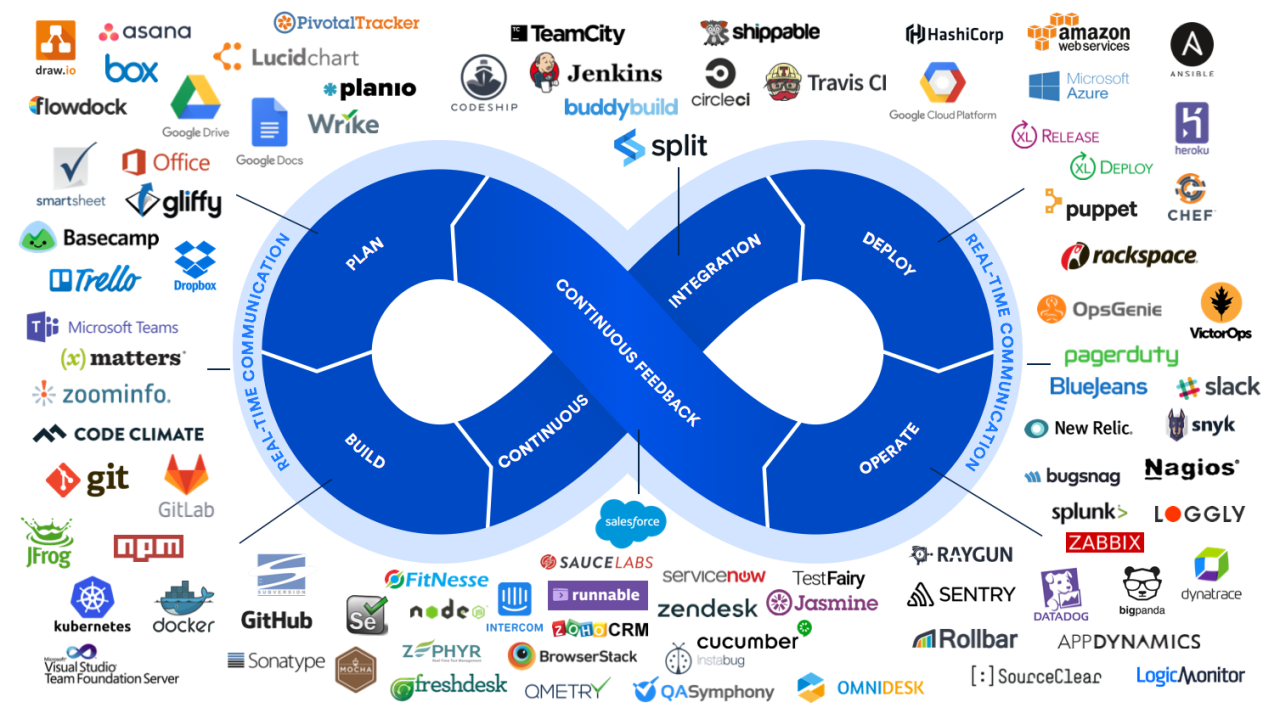
2. Understanding DevOps Workflow
What Is DevOps?
DevOps is not just a buzzword; it’s a transformative approach that bridges the gap between development and operations teams. Here’s what you need to know:
- Collaboration: DevOps fosters collaboration by breaking down silos. Developers, testers, and operations engineers work together seamlessly, sharing knowledge and responsibilities.
- Automation: Automation is at the heart of DevOps. From code deployment to infrastructure provisioning, automation streamlines repetitive tasks, reduces errors, and accelerates delivery.
- Continuous Improvement: DevOps encourages a culture of continuous learning and improvement. Teams iterate, learn from failures, and adapt their processes.
The DevOps Pipeline
Imagine a well-oiled machine that takes code changes and transforms them into a running application. That’s the DevOps pipeline. Let’s break it down:
- Version Control: Developers commit code changes to a version control system (e.g., Git). This ensures a single source of truth and facilitates collaboration.
- Continuous Integration (CI):
- Developers push code to a shared repository.
- CI tools (e.g., Jenkins, CircleCI) automatically build, test, and validate the code.
- Early detection of issues prevents integration problems down the line.
- Continuous Deployment (CD):
- Once code passes CI, it’s ready for deployment.
- CD tools (e.g., Spinnaker, ArgoCD) automate deployment to various environments (staging, production).
- Rollbacks are easier with automated deployments.
- Infrastructure as Code (IaC):
- IaC tools (e.g., Terraform, Ansible) define infrastructure using code.
- Infrastructure changes are versioned and treated like code.
- Consistent, reproducible environments become a reality.
3. Key DevOps Practices
1. Version Control
Version control systems (e.g., Git) play a pivotal role in DevOps. Here’s why:
- Collaboration: Developers collaborate seamlessly by committing code changes to a shared repository. No more emailing code snippets or losing track of versions!
- History and Accountability: Version control maintains a historical record of changes. Who modified what? When? Why? It’s all there.
- Branching Strategies: Teams can create branches for features, bug fixes, or experiments. Merge them back when ready.
2. Continuous Integration (CI)
CI is the heartbeat of DevOps. Here’s how it works:
- Developers push code to a central repository.
- CI tools (e.g., Jenkins, CircleCI) automatically:
- Build the code.
- Run tests (unit, integration, and more).
- Validate code quality (linting, code style).
- Early detection of issues prevents integration nightmares later.
3. Continuous Deployment (CD)
CD takes the baton from CI and sprints toward production:
- Once code passes CI, it’s ready for deployment.
- CD tools (e.g., Spinnaker, ArgoCD) automate deployment to various environments (staging, production).
- Rollbacks become a breeze with automated deployments.
4. Infrastructure as Code (IaC)
IaC treats infrastructure like code:
- Define infrastructure using code (e.g., Terraform, Ansible).
- Version control for infrastructure changes.
- Spin up consistent environments programmatically.
4. Tools and Technologies
DevOps Toolbox
- Jenkins: The Swiss Army knife of CI/CD. Jenkins automates builds, tests, and deployments. It’s like having a tireless assistant who never forgets to run the tests.
- Docker: The magic container ship. Docker allows you to package applications and their dependencies into lightweight containers. Say goodbye to “it works on my machine” woes.
- Kubernetes: The conductor of the orchestration symphony. Kubernetes manages containerized applications, scales them, and ensures high availability. It’s like having a team of diligent stagehands.
- Terraform: The architect’s blueprint. Terraform defines infrastructure as code (IaC). Declare your desired state, and Terraform builds it—whether it’s servers, networks, or cloud resources.
- Git: The storyteller. Git tracks changes, branches, and merges. It’s where your code history lives—a rich narrative of collaboration and creativity.
- Prometheus and Grafana: The observant duo. Prometheus collects metrics, Grafana visualizes them. Together, they keep an eye on your systems, ensuring smooth sailing.
Choose Your Instruments Wisely
Remember, tools are like musical instruments. Each has its purpose, and the symphony emerges when they harmonize. Select the right tools for your orchestra, and let DevOps magic unfold.

5. Best Practices for Workflow Streamlining
1. Automate Everything
- Build Automation: Automate your build process using tools like Jenkins or GitLab CI/CD. Trigger builds automatically upon code commits.
- Test Automation: Set up automated testing (unit tests, integration tests, and end-to-end tests). Catch issues early and prevent regressions.
- Deployment Automation: Use CD tools to automate deployments. Whether it’s rolling out to staging or production, automation reduces manual errors.
2. Collaboration and Communication
- Cross-Functional Teams: Break down silos. Developers, testers, and operations engineers should collaborate closely. Shared goals lead to better outcomes.
- ChatOps: Use chat platforms (e.g., Slack, Microsoft Teams) for real-time communication. Discuss code changes, incidents, and releases in channels.
- Documentation: Document processes, configurations, and decisions. A well-maintained wiki or knowledge base ensures everyone is on the same page.
3. Monitoring and Feedback
- Monitoring Tools: Set up monitoring for your applications and infrastructure. Prometheus, Grafana, and New Relic are excellent choices.
- Alerting: Define thresholds and receive alerts when things go awry. Don’t wait for users to report issues—be proactive.
- Feedback Loops: Learn from incidents. Conduct post-mortems, identify root causes, and implement improvements.
4. Security and Compliance
- Shift Left Security: Integrate security checks early in the pipeline. Use tools like SonarQube for code analysis.
- Immutable Infrastructure: Treat servers as disposable. Use containerization (Docker) and immutable infrastructure patterns.
- Compliance Checks: Ensure compliance with industry standards (e.g., GDPR, HIPAA). Regular audits and automated checks are essential.
Remember, DevOps isn’t a one-size-fits-all solution. Adapt these practices to your team’s context and needs. The goal? A harmonious workflow where development and operations dance together, creating software symphonies.
6. Case Studies and Success Stories
1. Etsy: From Manual Deployments to Continuous Delivery
- Challenge: Etsy, the online marketplace for handmade and vintage goods, faced slow and error-prone deployments. Manual processes hindered innovation.
- Solution: They embraced DevOps practices, including CI/CD pipelines. Automated deployments reduced lead time from days to minutes.
- Results:
- Faster releases: New features and bug fixes reached users swiftly.
- Improved reliability: Fewer production incidents due to consistent deployments.
- Increased developer productivity: Engineers focused on coding, not manual deployments.
2. Netflix: Scaling with Microservices and Chaos Engineering
- Challenge: Netflix needed to scale its streaming service globally while maintaining reliability.
- Solution:
- Adopted microservices architecture: Smaller, independent services allowed faster development and deployment.
- Chaos Engineering: Simulated failures to uncover weaknesses and improve resilience.
- Results:
- Seamless scaling: Netflix serves millions of users across the world.
- High availability: Failures are handled gracefully, minimizing downtime.
- Continuous improvement: Chaos experiments lead to robust systems.
3. Amazon: A Pioneer in Cloud Infrastructure
- Challenge: Amazon faced the need to scale its e-commerce platform rapidly.
- Solution:
- Created Amazon Web Services (AWS): A suite of cloud services.
- Leveraged IaC principles: Infrastructure managed as code.
- Results:
- AWS revolutionized cloud computing.
- Developers could provision resources programmatically.
- Scalability and elasticity became core features.
4. Target: Agile Transformation with DevOps
- Challenge: Target wanted to accelerate software delivery and enhance collaboration.
- Solution:
- Implemented CI/CD pipelines.
- Encouraged cross-functional teams.
- Embraced automation.
- Results:
- Faster time to market: New features rolled out swiftly.
- Reduced manual effort: Automation streamlined processes.
- Improved quality: Early testing caught issues before production.
These success stories demonstrate that DevOps isn’t just a buzzword—it’s a game-changer. Organizations that embrace DevOps principles reap the rewards of faster innovation, improved reliability, and happier teams.
7. Conclusion
Congratulations! You’ve embarked on a DevOps adventure, exploring the principles, practices, and tools that empower efficient workflows. Here’s a recap of our journey:
- Collaboration and Automation: DevOps bridges the gap between development and operations. Collaboration, automation, and continuous improvement are its pillars.
- DevOps Pipeline: From version control to continuous deployment, the DevOps pipeline ensures code flows seamlessly from development to production.
- Essential Practices:
- Version Control: Keep your code history organized.
- Continuous Integration (CI): Automate testing and validation.
- Continuous Deployment (CD): Swiftly deploy reliable code.
- Infrastructure as Code (IaC): Define infrastructure programmatically.
- Toolbox: Choose your DevOps instruments wisely—Jenkins, Docker, Kubernetes, Git, and more—to create harmonious workflows.
- Best Practices:
- Automate Everything: Build, test, and deploy with automation.
- Collaborate and Communicate: Break down silos and document processes.
- Monitor and Learn: Keep an eye on systems and iterate.
- Secure and Comply: Integrate security early and maintain compliance.
- Success Stories: Etsy, Netflix, Amazon, and Target prove that DevOps transforms organizations.
Now it’s your turn! Take these insights and apply them to your projects. Whether you’re a developer, an operations engineer, or both, DevOps awaits your creative touch.
Remember, DevOps isn’t a destination—it’s a journey of continuous improvement. So keep learning, experimenting, and harmonizing your workflow.

